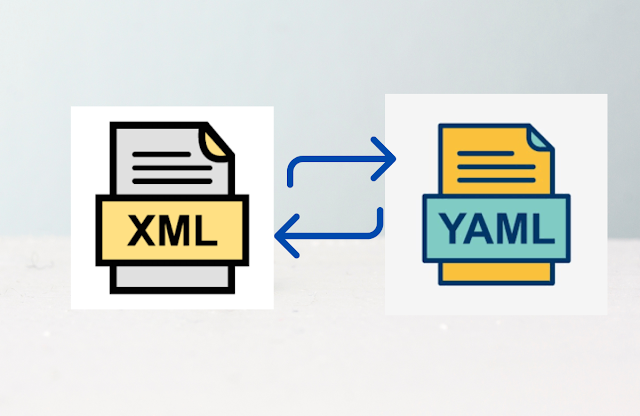"Seamlessly Convert XML to YAML: Simplify Your Data Transformation Process"
 Gregg Dcosta
Gregg Dcosta
Are you tired of dealing with complex XML structures and looking for a more streamlined way to handle your data transformations? Look no further! In this post, we will explore the seamless conversion of XML to YAML, offering you a simplified data transformation process that will save you time and effort.
XML (eXtensible Markup Language) and YAML (YAML Ain't Markup Language) are both widely used formats for representing structured data. XML, with its tags and hierarchical structure, has been the go-to choice for many years.
However, as data transformations become more commonplace, developers are seeking alternatives that are easier to read, write, and maintain. This is where YAML steps in, offering a human-readable and concise format that is gaining popularity.
Converting XML to YAML can be a daunting task, especially when dealing with large and complex datasets. However, with the right tools and techniques, you can simplify the process and make it seamless. Here's how:
Choose the right conversion tool:
Numerous XML-to-YAML conversion tools are available, both online and offline. Some popular options include libraries like xmltodict in Python or online converters such as Convertio. Evaluate different tools based on your specific requirements, such as performance, ease of use, and support for customization.
Understand the XML structure:
Familiarize yourself with the XML structure you are working with. Identify the elements, attributes, and nesting levels within the XML document. This understanding will help you map the XML structure to the equivalent YAML structure effectively.
Define the transformation rules:
Determine how you want the XML elements, attributes, and values to be represented in the resulting YAML document. Create a set of transformation rules or mapping guidelines to ensure the conversion aligns with your desired output format. This step is crucial to maintaining the integrity and accuracy of the data during the conversion process.
Implement the conversion process:
Utilize the chosen conversion tool and apply the transformation rules to convert the XML data into YAML. Most tools provide straightforward APIs or command-line interfaces to simplify the process. Ensure you handle any potential errors or inconsistencies that may arise during the conversion.
To Know more Click Here
Subscribe to my newsletter
Read articles from Gregg Dcosta directly inside your inbox. Subscribe to the newsletter, and don't miss out.
Written by
